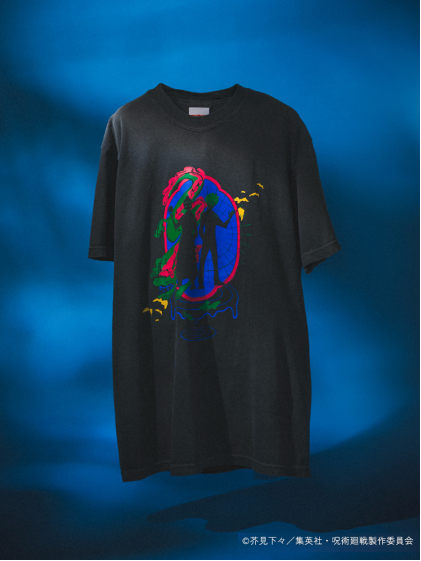As the Japanese economy surged in the 1980s, Japanese youth became even more interested in fashion. But they grew bored of America and instead came to love design-conscious brands from Europe. This shift toward global diversity and cultural sophistication was not lost on Beams, which opened International Gallery Beams, the ne plus ultra of specialty shops, in 1981. International Gallery Beams offered a selection from the world’s top brands and maisons as well as artworks from up-and-coming artists. At the same time Beams deepened its relationship with high-quality Japanese brands, such as Yoshida Kaban, a bag maker that forced young Japanese fashionistas to rethink their single-minded obsession over imports.
1980's
Japanese Economic Growth and the Boom of the Business

In 1981 Comme des Garçons and Yohji Yamamoto presented their debut collections in Paris, shaking up the world of prêt-à-porter. By the mid-1980s in Japan, the influence of such designers ushered in a craze for so-called Designer and Character (DC) brands. During this period, Tokyo fashion was no longer simply an imitation of styles from overseas; it transformed into something original and uniquely Japanese. During this time, Beams first began collaborating with outside designers on original menswear lines. The company would never again be a simple retailer, as apparel planning and production became a core part of the business.



During the strong economic growth of the 1980s Bubble Economy, Beams grew by leaps and bounds. In 1984 the company dove into the women’s market with the chic and contemporary Ray Beams line. Next came a wide diversity of women’s labels: the modern and design- conscious Lumiere Beams (currently International Gallery Beams Women’s), the quality- conscious standards brand Lapis Beams (currently Demi-Luxe Beams) and Beams Boy, a womenswear line inspired by casual menswear. In 1985 Beams made its first retail expansion into the Japanese provinces. To keep up with global trends, Beams buyers started regular visits to Europe, culminating in the establishment of offices in London, New York, and Paris. In 1988 the company president Yo Shitara took over management, making the ’80s the decade that laid the core foundation for today’s Beams.
Text: Kaname Murakami / WWD JAPAN, Editor-In-Chief W.DAVID MARX / Author of "Status and Culture" and "Ametora"







